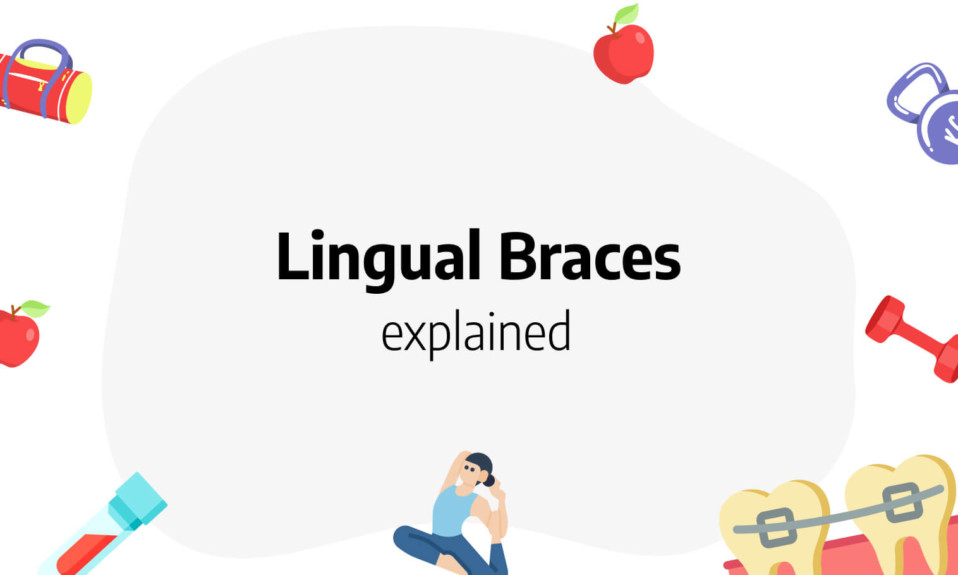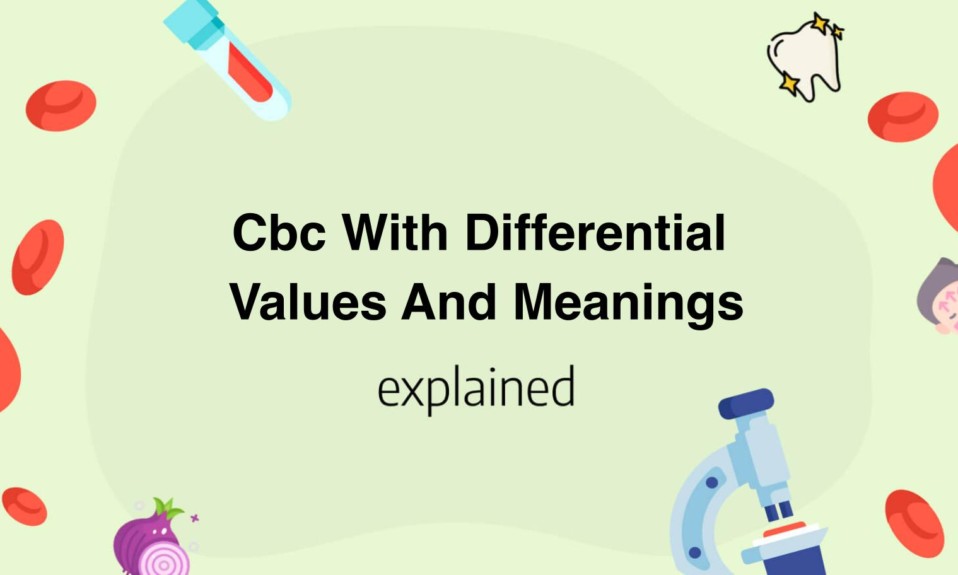What are lingual braces?
Lingual braces are basically made up of the same components as conventional braces: brackets (also known as braces), usually made of metal (gold, nickel, chrome, cobalt, etc.), which are attached to the inside of the teeth, and a dental arch, also made of metal, which connects them together so that they can exert a slight pressure on the teeth and cause them to move.
In this way, an inner brace works in the same way as a conventional brace, except that all of its components are customized to produce optimal performance.
In practice, the structure of the appliance will be modeled in 3D by the supplier on the basis of impressions of the patient’s teeth and the practitioner’s prescription according to the treatment plan envisaged.
The experienced orthodontist will then check the model and the treatment simulation to evaluate the relevance of the expected results and, if necessary, make modifications.
Made entirely in the laboratory using a robotic system, the appliance components are adapted to the anatomy of each tooth to the nearest millimeter.
This state-of-the-art process allows for a degree of finishing that is unmatched to date.
How much does lingual braces cost?
Since the cost of a treatment varies from one case to another and from one practitioner to another, it is difficult to determine an average price for orthodontics.
Nevertheless, it is obvious that lingual braces fees will be higher than those of conventional techniques.
There are several reasons for this.
First of all, lingual braces require advanced manufacturing techniques that are significantly more expensive. The materials used can also make a difference: using Incognito gold brackets in orthodontics will logically be more expensive than other options.
In addition, since this technique is a discipline in its own right and requires specialization, the fees charged by an experienced lingual orthodontist for this type of service will be somewhat higher.
All of these elements mean that a lingual treatment can cost 2 to 4 times more than a traditional treatment, depending on the case, with a price range of 2,500$ to 8,000$ or more.
What is treated with lingual braces?
The three-dimensional precision brought by the customization of lingual orthodontics allows it to reach a level of performance equivalent to that of conventional treatment.
It can treat many types of malocclusion, from the simplest to the most complex cases, including various cases specific to adults.
- Aesthetic corrections: Whether it is to straighten overlapping teeth or to correct spaced teeth, the lingual technique lends itself perfectly to the correction of unsightly malpositions, whether they are slight, moderate or more pronounced. This method may sometimes require dental extractions.
- Pre-prosthetic preparations: Lingual orthodontics can also be used to restore the spaces needed for implants or dentures. Certain dental anomalies, which are very common in adults, such as tilting, rotation or migration of teeth, may require orthodontic preparation to allow the dentist to perform the prosthetic procedure in the best possible conditions.
- Functional corrections: Lingual orthodontic treatment can also be undertaken to alleviate or even eradicate certain types of functional disorders that can be caused by a malocclusion, such as swallowing, chewing or phonation disorders, or even more complex symptoms.
This discipline can thus apprehend different types of malocclusion ranging from overbite (excessive advancement of the upper teeth) to the opposite case, including certain forms of overbite (vertical space between the teeth).
It should be noted, however, that lingual positioning excludes certain types of occlusion or dental morphology.
Also, generally applied to adults and adolescents, it is not suitable for children.
Lingual braces: advantages and disadvantages
Advantages
The first advantage of lingual orthodontics is the fact that it corrects dental anomalies: overlapping, misalignment, spacing…
Then there is the aesthetic aspect.
Since the braces are fixed on the inside of the teeth, they are invisible. The adaptation is then easier.
The tongue-side attachment also prevents unsightly stains from appearing on the visible side of the teeth. In addition, there is no fear of injury to the cheek or lips.
There is no change in the chewing of food.
Finally, speech is virtually unaffected and the shape of the mouth is preserved, which is sometimes not the case with braces placed on the outside of the teeth.
Disadvantages
On the downside, lingual orthodontics increases the risk of cavities because the brackets are attached directly to the tooth enamel.
Brushing your teeth becomes more complicated because you have to target the areas to be brushed precisely.
In addition, you must be very careful about what you eat. You must avoid food that tends to cling to the braces.
Hard, sticky, soft or fibrous foods should be avoided, especially sweets.
Also, not everyone can wear lingual devices. In particular, they are not suitable for people with short teeth or small jaws.
In any case, wearing lingual braces involves strict discipline and the patient must carefully follow the instructions of the experienced orthodontic practitioner.
The last disadvantage is definitely the very expensive cost.
Retention after lingual braces
After orthodontic treatment, it is important to stabilize the result to prevent the teeth from returning to their misalignment. This is why orthodontists use a retainer to keep the teeth in their new position.
There are two types of braces:
- Fixed braces, using wires glued to the inside of the teeth.
- Removable retainers, using an appliance, a tray or a plate to be worn at night.
The length of this period of retention varies greatly and the orthodontist will check the position of your teeth several times during the first year following lingual treatment, and possibly during the following years. Some practitioners even recommend lifetime orthodontic retention!
While not 100% protective against recurrence, retention is extremely important to ensure good long-term results and is an integral part of orthodontic treatment.
How to eat with lingual braces?
Can lingual braces interfere with chewing?
At the beginning of the treatment, yes.
After the appliance is installed, you may experience some discomfort, including sensitivity of the teeth and difficulty eating.
However, these discomforts will be temporary in the sense that your tongue, your teeth and your mouth are not yet used to the appliance and will need a period of adaptation that will vary according to your sensitivity between 1 and 5 weeks.
After this period, during which you will have to eat soft textured foods, you will be able to chew normally.
Can you eat everything with lingual braces?
No.
Wearing lingual braces involves certain precautionary measures to avoid interfering with the treatment process.
For example, during the entire treatment, you must refrain from eating certain foods that could cause the braces to deteriorate (deformation of the wires, detachment of the braces, etc.).
Foods to avoid include:
- Crunchy foods: nuts, whole raw fruits and vegetables (carrot, cucumber, apple, pear…), ice cubes, peanuts, popcorn, hard candy, etc.
- Soft and mushy foods: chewing gum, caramels, etc.
In addition, sugary foods should be avoided as much as possible, knowing that sugar favors the formation of cavities and the demineralization of teeth (source of white spots). Thus, it is advisable to reduce or even avoid the consumption of highly sweetened foods such as soft drinks, cookies, cakes, confectionery and other sweets.










